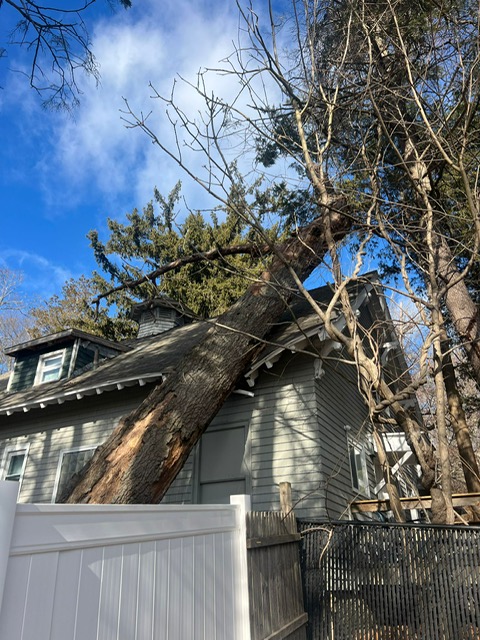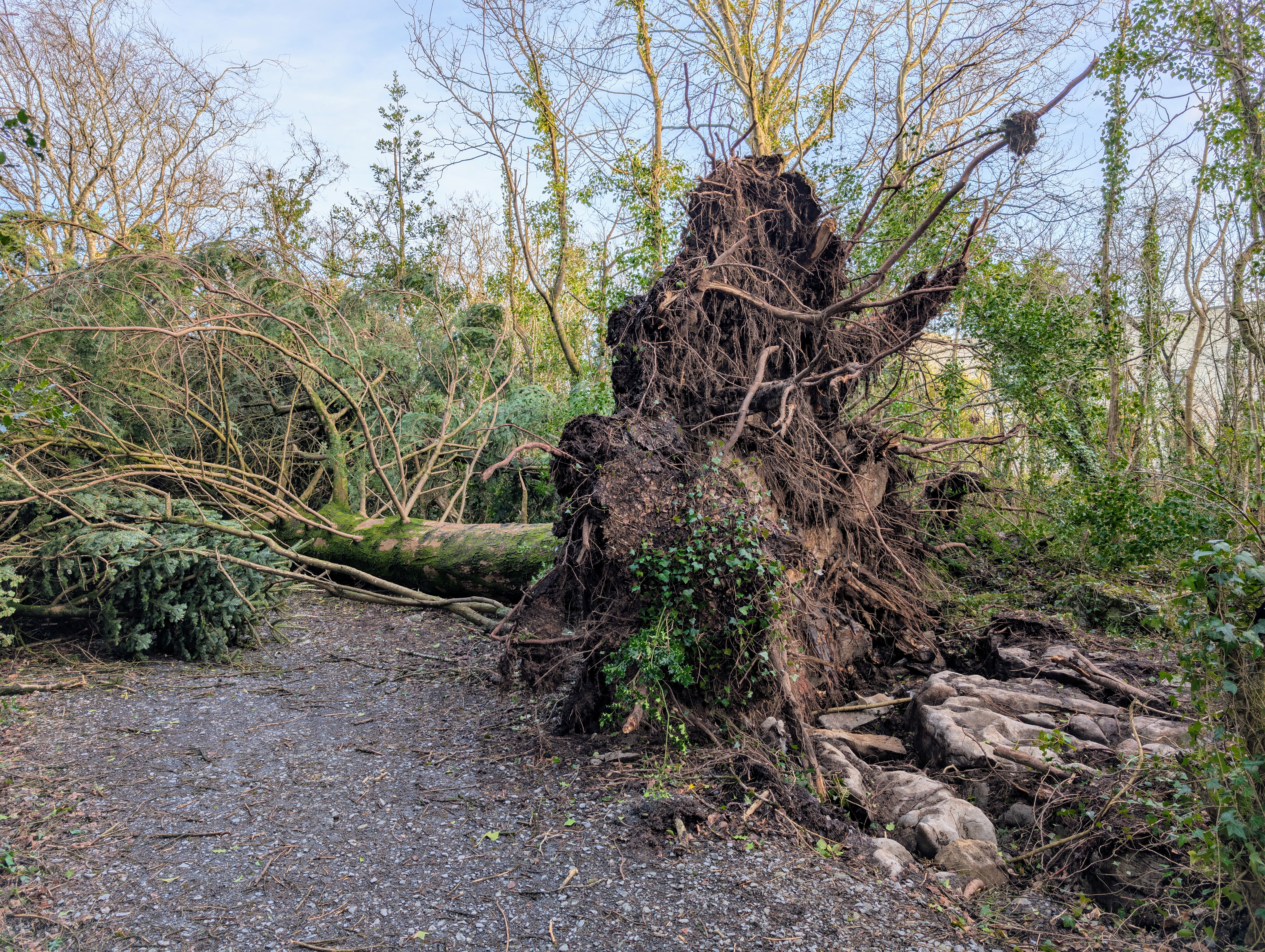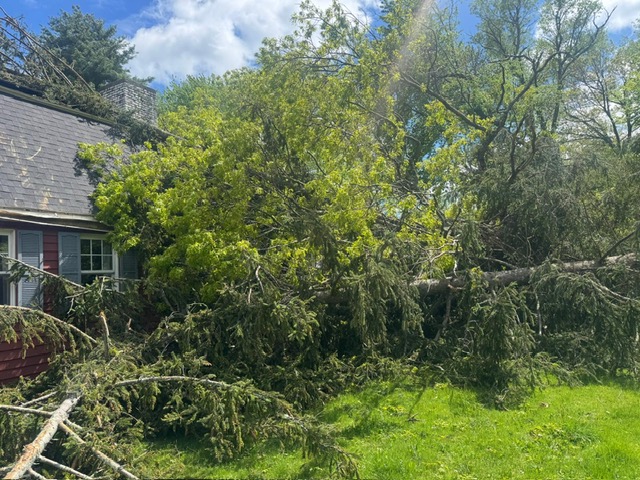When Trees Cross Property Lines: Storm Damage & Legal Steps
By Tree Emergency Expert
Tree Emergency Expert

Every storm in Connecticut has a story. Fallen trees. Flattened fences. Smashed sheds. But some of the messiest stories don’t come from broken branches or cracked patios. They come from legal gray areas—like when your neighbor’s tree lands on your property. Who pays? Who’s responsible? And how do you clean it up without starting a neighborhood war?
When Trees Cross Property Lines: Storm Damage & Legal Steps
“Good fences make good neighbors—unless a 60-foot oak comes crashing through one.”
Every storm in Connecticut has a story. Fallen trees. Flattened fences. Smashed sheds. But some of the messiest stories don’t come from broken branches or cracked patios. They come from legal gray areas—like when your neighbor’s tree lands on your property.
Who pays? Who’s responsible? And how do you clean it up without starting a neighborhood war?
At 1 Tree Emergency, we’ve been called out to situations like this more times than we can count. And trust us: the fallout can be just as messy as the debris.
If a storm just knocked a neighbor’s tree onto your property—or if you’re worried it might happen—this guide will help you understand your options, your rights, and your next steps.
🌳 First: Who Owns the Tree?
It starts with the base.
If the tree trunk grows from your neighbor’s yard—even if the branches stretch over your fence—it’s considered their tree.
Now, here’s where things split:
If it falls during a storm, and the tree was healthy, it’s typically your insurance that covers the damage to your property.
If the tree was dead, rotting, or clearly hazardous, your neighbor might be liable.
That “might” matters. Liability in these situations depends on evidence, documentation, and how proactive each homeowner was before the storm hit.
⚖️ The Law in Plain English
Here’s the general breakdown:
➤ If the tree was healthy, it’s on you.
Storms are considered “Acts of God.” If a healthy tree topples in high wind or heavy rain, you’re responsible for cleaning it up—even if it came from your neighbor’s yard.
Frustrating? Definitely. But that’s how most insurance carriers and Connecticut case law handle it.
Share this article:
Related Articles

Tree Damage and Insurance Claims: What Homeowners in the U.S. Should Know After a Storm
Not all tree damage is treated the same by your homeowners insurance. In most cases, you’re covered if a fallen tree damages your house, fence, or garage — but there are exceptions. For example, you’re usually protected if a storm knocks a tree onto your roof or if a neighbor’s tree falls onto your property. However, if a dead or neglected tree comes down without hitting anything, or blocks only your yard, your policy may not cover the removal costs.

Nor’easter 2025: What CT, NJ & NY Homeowners Should Know (And How to Protect Your Trees)
This upcoming nor’easter isn’t just targeting Connecticut — it’s also expected to hit New Jersey and New York with strong winds, heavy rain, and coastal flooding. Trees near the coast or in vulnerable spots will face risks. Get your property prepared now to avoid damage.
Need Emergency Tree Service?
Our team of certified arborists is available 24/7 to handle any tree emergency.
